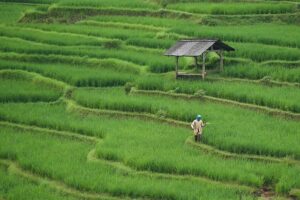In Wagga Wagga, New South Wales, Australia, Farm Sheds are essential for local farmers to protect crops, machinery, and livestock from the region’s diverse climate challenges, which include extreme temperatures, unpredictable frosts, heavy rainfall, and potential flooding. Designing these sheds with an understanding of the local weather patterns is crucial for their resilience, ensuring they can endure intense UV rays, strong winds, and environmental stressors like hail. Robust materials such as steel or zincalume for roofing are recommended to resist the high UV levels in Wagga Wagga. Design features like high eave heights for agricultural equipment, a pitched roof for effective water management, and robust structural frameworks are key to minimize climate impacts while maximizing efficiency and productivity. Interior ventilation with vents or louvers allows for natural airflow, maintaining a comfortable environment within the shed. Farmers in Wagga Wagga must consider durable materials, insulation materials like polycarbonate or polystyrene panels, UV-resistant paints or coatings, and strategic design elements such as alignment with prevailing winds to enhance temperature control and reduce energy expenses. These tailored farm shed designs not only protect against the harsh weather conditions but also contribute to the longevity and functionality of the sheds, ensuring that local agricultural operations can continue smoothly despite varying weather patterns. The integration of these design elements into farm shed construction is highlighted as a critical investment for Wagga farmers seeking to mitigate environmental impacts on their livestock and produce. Keywords: Farm Sheds, durable, climate-resistant materials, weather resilience, temperature control, UV protection, strategic design.
Exploring the resilience of farm structures amidst Wagga’s diverse weather patterns, this article delves into the critical role of farm sheds in safeguarding agricultural assets. From the scorching sun to the unpredictable downpours, understanding the local climate is paramount for designing durable and cost-effective farm sheds in Wagga Wagga. We’ll navigate material selection that withstands a variety of weather conditions and highlight innovative features essential for combatting Wagga’s challenging climate. Through case studies from the region, learn how robust farm shed design and construction have led to increased agricultural efficiency and profitability.
- Understanding the Climate: The Impact of Wagga Weather on Farm Operations
- Design Considerations for Durable Farm Sheds in Wagga Wagga
- Material Selection for Resilient Farm Sheds in Varied Weather Conditions
- Innovative Features in Farm Sheds to Combat Wagga’s Unpredictable Climate
- Case Studies: Successful Farm Shed Implementations in the Wagga Region
Understanding the Climate: The Impact of Wagga Weather on Farm Operations
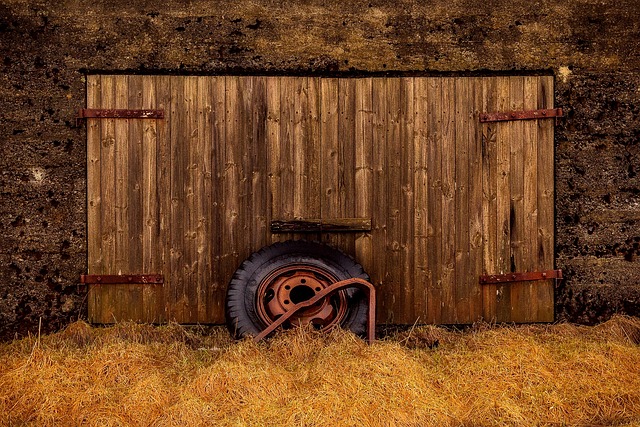
In the Riverina region of New South Wales, Australia, the Wagga Weather presents a dynamic and often challenging set of conditions for local farmers. The variability in temperature, precipitation, and wind patterns can significantly impact agricultural productivity and the longevity of farm infrastructure. Farm Sheds must be robust and versatile to withstand the extremes, from scorching summer heat to unpredictable frosts, and heavy rainfall that can lead to flooding. Understanding the local climate is paramount for designing farm sheds that protect crops, machinery, and livestock. These structures serve as critical shelters, ensuring that farming operations continue smoothly despite adverse weather conditions. The design of these sheds often incorporates features such as high eave heights to accommodate large agricultural equipment, along with durable materials that can endure prolonged exposure to UV rays and resistant wind forces. Furthermore, strategic placement and orientation are crucial to minimize the impact of prevailing winds and maximize natural light while providing adequate shade during the hottest months. By tailoring Farm Sheds to the specific demands of Wagga’s climate, farmers can safeguard their assets and maintain productivity throughout the year. This adaptability is not just a response to immediate weather events but a strategic investment in the resilience and sustainability of agricultural operations in the region.
Design Considerations for Durable Farm Sheds in Wagga Wagga
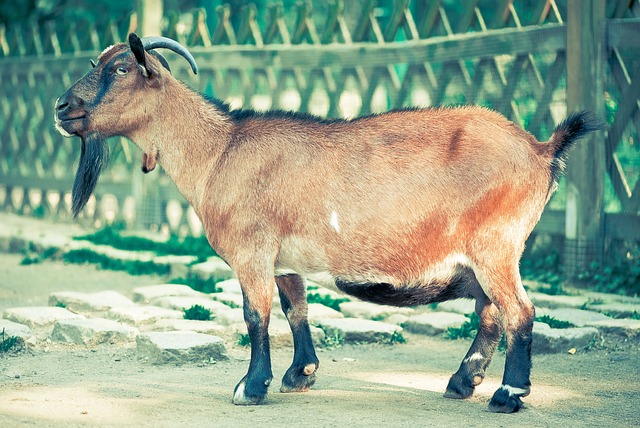
In Wagga Wagga, farm sheds are subject to a range of environmental stressors, from harsh sun and high winds to unpredictable rainfall and potential hailstorms. Design considerations for durable farm sheds in this region must prioritize materials that offer resilience against these conditions. The roofing, for instance, should be constructed with steel or zincalume, which are proven to withstand the relentless UV radiation characteristic of the Wagga weather. Adequate eave heights and a pitched design facilitate water runoff during rainfall, minimizing water damage and promoting longevity. Additionally, farm sheds should incorporate robust framing systems, such as cold-formed steel, to ensure structural integrity amidst strong winds. The interior space must be well-ventilated, often achieved through strategically placed vents or louvers that allow for natural airflow, maintaining a comfortable environment for stored goods or machinery despite the heat. Furthermore, design elements like wide double doors and ample workspace along one side can enhance functionality, making these sheds not just shelters but integral components of farm operations. Attention to detail in design and selection of high-quality materials ensures that farm sheds in Wagga Wagga are durable, functional, and capable of withstanding the region’s challenging weather conditions.
Material Selection for Resilient Farm Sheds in Varied Weather Conditions
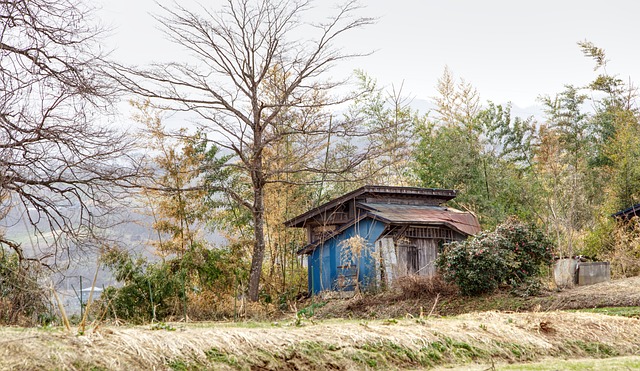
In the region of Wagga Wagga, where weather conditions can fluctuate dramatically from sweltering summers to frosty winters, selecting appropriate materials for farm sheds is paramount. Durability and adaptability are key factors in ensuring these structures withstand the test of time and varied climates. Corrugated steel remains a popular choice due to its robustness; it offers resistance to rust and a long lifespan, making it an economical option over time. Additionally, the insulation properties of materials such as polycarbonate or polystyrene panels are worth considering for maintaining temperature control inside the shed, which is essential for protecting sensitive equipment or animals from extreme weather. Moreover, the use of high-quality, UV-resistant paints and coatings can protect metal structures from the harsh effects of the sun, thereby extending their lifespan and reducing maintenance costs.
When constructing farm sheds in Wagga Wagga, it’s crucial to consider not only the materials but also the design aspects that contribute to a shed’s resilience. A well-designed roof with a suitable pitch can effectively manage rainwater runoff and snow load during winter, while allowing for adequate ventilation in summer. The orientation of the shed relative to prevailing winds can further reduce wind load and energy costs associated with heating or cooling. Designing farm sheds with weather conditions in mind not only safeguards agricultural equipment and livestock but also ensures that these structures serve their purpose effectively over the years, regardless of the weather challenges they face.
Innovative Features in Farm Sheds to Combat Wagga’s Unpredictable Climate
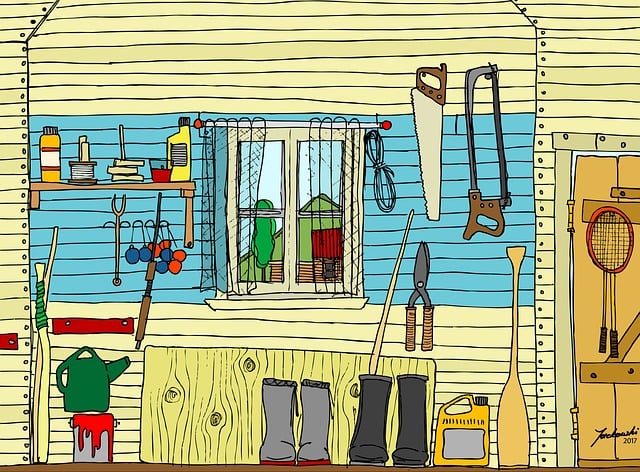
Case Studies: Successful Farm Shed Implementations in the Wagga Region
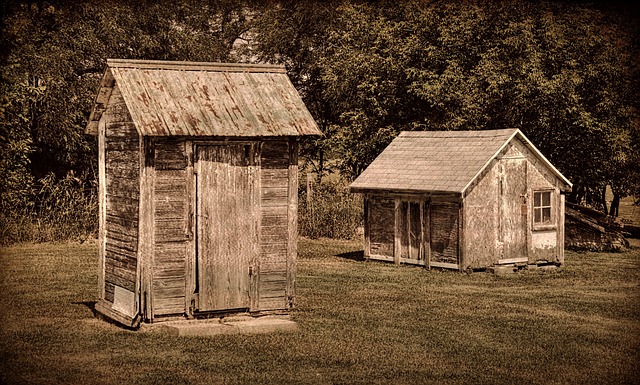
In the Wagga region, farm sheds have proven to be indispensable assets for local farmers, serving as robust shelters that withstand the area’s challenging weather conditions. One notable case study is that of a prominent cattle ranch that implemented a state-of-the-art farm shed system. This innovative approach not only provided ample space for livestock but also included design features tailored to the region’s harsh winds and heavy rains. The result was a marked improvement in animal welfare and productivity, with significant reductions in weather-related losses. Another example is a nearby apple orchard that utilized farm sheds to create a controlled microclimate for its delicate produce. By incorporating advanced insulation and ventilation systems, the orchard successfully extended its growing season and increased yield, showcasing the versatility of farm sheds in adapting to various agricultural needs. These case studies highlight the importance of farm shed designs that are responsive to local environmental factors, demonstrating their value as a critical investment for farmers in Wagga looking to protect their crops and livestock from the elements.
In conclusion, Wagga’s unpredictable weather presents unique challenges for maintaining farm operations effectively. Addressing these demands with well-designed, resilient farm sheds is key to safeguarding agricultural assets. This article has outlined the critical factors in understanding the local climate, selecting appropriate materials, and integrating innovative features into farm shed designs—all of which are essential for long-term performance and durability. By examining successful implementations across the Wagga region, it’s clear that strategically constructed farm sheds can not only withstand but also adapt to the area’s varied weather patterns, ensuring a secure and productive environment for crops and livestock. Farmers in the region should consider these insights to enhance their operations and thrive despite the challenging climate.
